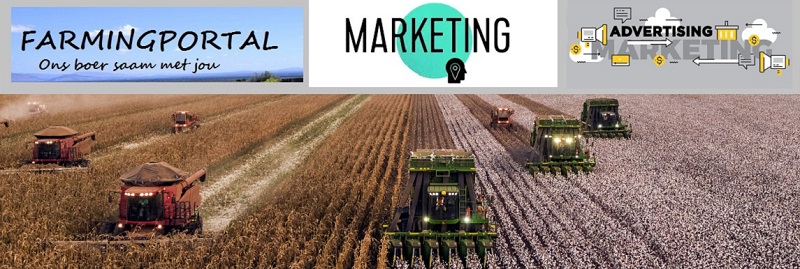Presently, weed control through tillage has virtually disappeared as cropland management systems have transitioned largely to continuous cropping, with zero to minimal soil disturbance.
Research was undertaken to examine what was driving this land management transition. A carbon accounting framework incorporating coefficients derived from the Century Model was used to estimate carbon sequestration in the Canadian province of Saskatchewan. The results quantify the transition from farmland being a net carbon emitter to being a net carbon sequesterer over the past 30 years.
This evidence confirms the correlation between genetically modified, herbicide-tolerant crops and glyphosate use is a driver of the increased soil carbon sequestration. The removal of tillage and adoption of minimal soil disturbances has reduced the amount of carbon released from tillage and increased the sequestration of carbon through continuous crop production.
This research confirms the essential contributions to improving agriculture’s sustainability made by GM crops and glyphosate, providing insights into the challenges facing jurisdictions that anticipate increased carbon sequestration without either technology or certainly significant restrictions on each technology.
Saskatchewan farmers have confirmed just how crucial the use of glyphosate is with the complementary technology of HT crops for the ability to continuously maintain sustainable land management practices. Removing or restricting either or both of these technologies would have adverse impacts on sustainability.
Glyphosate is the most commonly used herbicide in the United States, in terms of area treated. It is a broad-spectrum herbicide that controls broadleaf, sedge, and grass weeds with minimal residual toxicity to crops or non-target vegetation. Glyphosate is registered for use in agriculture, including horticulture, viticulture, and silviculture, as well as non-agricultural sites including commercial, industrial, and residential areas. On average, eighty-four percent of glyphosate applied in agricultural settings, in terms of pounds, is applied to soybeans, corn, or cotton per year.
These three field crops all have glyphosate-resistant varieties that have been widely adopted and glyphosate is used on a large majority of acres of these crops. About 280 million pounds of glyphosate are applied to an average of 298 million acres of crop land annually. In addition to providing broad-spectrum control, it is also relatively inexpensive, averaging between $1 and $13 per acre across agricultural use sites. Many high value crops (e.g., tree nuts, grapes, vegetables) and large acreage field crops (e.g., soybean, cotton, corn) have a large percentage of acres treated with glyphosate, implying a large majority of growers find it useful. Glyphosate provides good margins of crop safety, particularly for crops that have been engineered to be resistant to over-the-top applications of glyphosate at late-postemergence.
 Glyphosate use increases dramatically across the Midwest
Glyphosate use increases dramatically across the Midwest
Across many use sites, it is simple to use (i.e., it has broad-spectrum of control, minimal reentry intervals and minimum pre-harvest intervals). In addition to agricultural uses, glyphosate is important for noxious and invasive weed control in aquatic systems, pastures/rangelands, public lands, forestry, and rights-of-way applications. Glyphosate is the leading herbicide used to control invasive species in the United States. Glyphosate is important for rights-of-way sites because it helps protect the stability of the surface and provides an unobstructed view from undesirable vegetation. Rights-of-way applications are critical to maintaining vital infrastructure and safety for transportation, distribution of goods and services (railways and roadways) and utilities (electric and gas). Glyphosate is an effective herbicide for rights-of-way because of its low cost and broad-spectrum. Glyphosate applications help to keep water resources open for navigation and help maintain water quality, habitat restoration, and recreation.
Glyphosate is also in numerous residential products and provides broad-spectrum weed control to users that include homeowners and landscaping operations. Millions of pounds of glyphosate are applied to non-crop sites every year. To address potential risks to non-target organisms in areas adjacent to treated areas, the Agency is considering use restrictions for spray drift management. Proposed mitigation includes restrictions on applications during temperature inversions and specification of droplet size, boom length, and spray release height. The Agency is considering increasing the allowable wind speed for aerial applications in conjunction with shorter boom length. Restrictions due to possible temperature inversions may impact the usability of glyphosate products; however, most spray drift management measures are not expected to substantially reduce the benefit of glyphosate to users.















